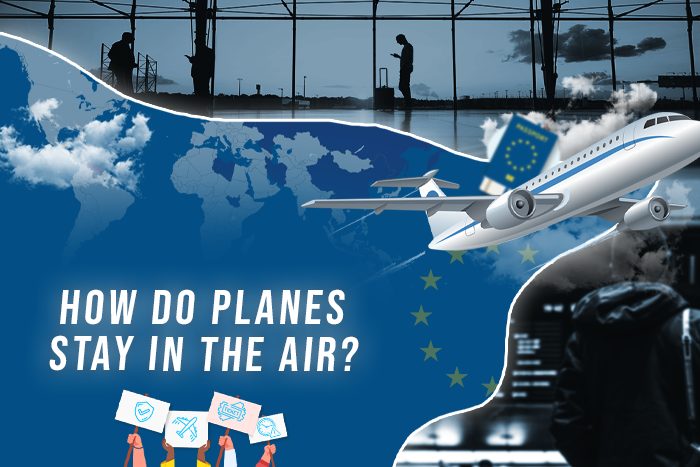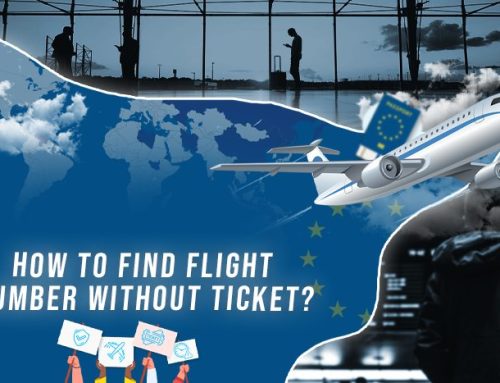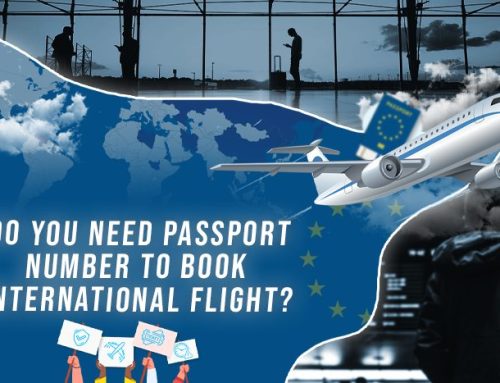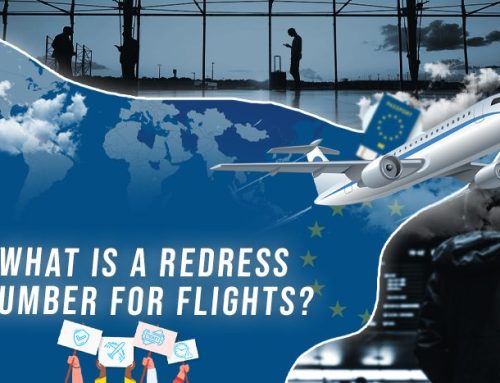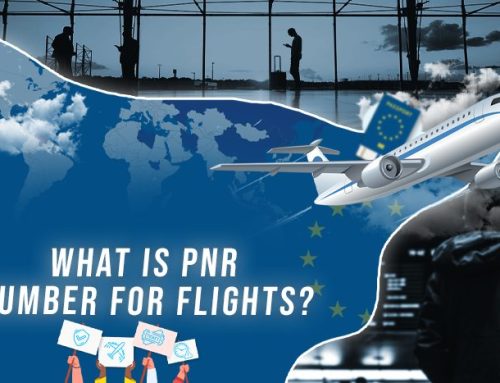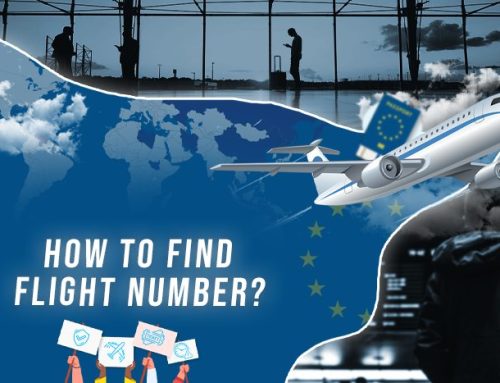Have you ever wondered about the mechanics behind how planes stay in the air? We all learned fundamental physics – what goes up must come down – but flying seems to defy those odds. It uses science and technology to overpower gravity to stay in the air for sustained periods of time. The first official flight lasted just 12 seconds, but we’ve come a long way. Now, the longest direct flight is 17.5 hours, which is a long time to stay in the air!
Let’s explore the basics of how planes stay in the air, starting with four very important forces of nature.
Key Takeaways
- Four forces of nature – lift, weight, thrust, and drag – work together to help a plane fly. Lift pushes the plane in the air, weight pulls it back down, thrust propels it forward, and drag slows it down.
- The shape of the wings is designed to create a difference in air pressure, allowing the plane to generate lift and stay in the air.
- Planes need to maintain a minimum speed called the stall speed to stay in the air. If the plane goes below this speed, it loses lift and can start to fall out of the sky.
Forces That Help Planes Fly
Planes can fly because of lift, weight, thrust, and drag. These four forces work together to help a plane fly. Lift is the force that pushes a plane in the air, so you can think of it as the force lifting the plane up. The shape of the aircraft, including the size, length, and shape of the wings, will impact how the air moves around it, which determines the amount of lift.
Weight is the opposite of lift. It’s what pulls the plane back towards the ground, and each plane has a maximum weight that it cannot exceed if it wants to take off. Many airplanes are built so the weight is evenly distributed, including the fuel, passengers, cargo, and other items transported on the plane. This even weight distribution helps keep the plane balanced, making for a smooth flight.
Now that we’ve talked about how the plane moves up and down, let’s talk about how it propels forward – namely, thrust. Your plane gets thrust from the engines and/or propellers, which helps move it forward and gain ground. There has to be something that helps move the air over the wings to keep it going forward, sometimes in the face of wind resistance.
The last force is drag, which is the opposite of thrust. It’s what slows the airplane down. Think about when you’re walking in the opposite direction of the wind. You feel the resistance pulling you back, hindering your progress. That’s drag. Airplanes have been designed to minimize the effect of drag, helping them gain ground rather than being dragged back in place.
All four forces – and a pilot! – must be in place for a plane to stay in the air.
Physics Behind Flying
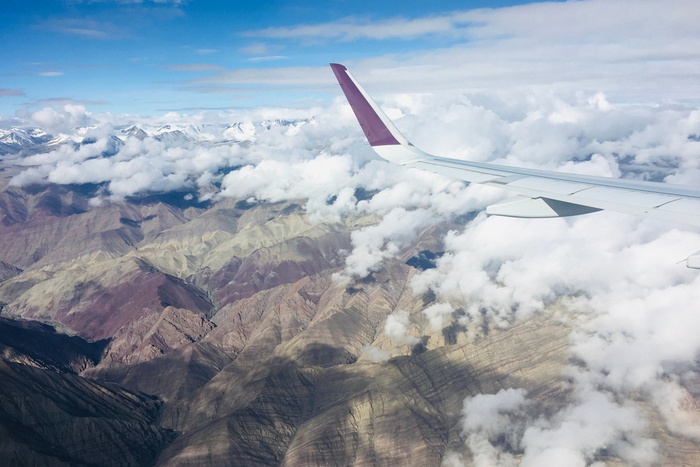
Lift, drag, weight, and thrust are the four forces that help planes fly, but there’s a little more to it. Planes have been engineered to use the difference in air pressure and Newton’s Third Law of Motion to help get enough lift that it can exceed gravity. That sounds complicated, so let’s break it down.
Put your hand out the car window when you’re driving. You’ll face resistance, but your hand will push the air down if you hold strong enough. A similar principle applies but on a grander scale when talking about flying. When the air pushes up on your hand, you feel lift. Your hand wants to move up. You can also feel the drag, which is when your hand is being pushed back.
When you have a higher angle, you’ll feel a greater lift. The faster you move, the more lift you will generate. In order to fly, you need to maximize your lift with the least amount of drag. This will help optimize the amount of fuel you need to use to get to your destination.
While it may seem like magic, science and engineering make flying possible. It just takes a basic knowledge of physics to understand how.
Frequently Asked Questions
-
What are the four forces that help a plane fly?
The four forces are lift, weight, thrust, and drag.
-
How does lift work?
Lift is generated when the shape of the wings creates a difference in air pressure, pushing the plane upwards.
-
What is the difference between lift and weight?
Lift is the force that pushes a plane in the air, while weight is the force that pulls it back toward the ground.
-
How do planes generate thrust?
Planes get thrush from their engines and/or propellers, which helps them move forward and gain ground.
-
What is drag?
Drag is the force that slows an airplane down, created by wind resistance.
-
What happens if a plane goes below the stall speed?
If a plane goes below its stall speed, it can lose lift and fall out of the sky.
-
What role does the pilot play in keeping a plane in the air?
The pilot controls the plane’s speed, altitude, and direction and must work with the four forces of lift, weight, thrust, and drag to keep the plane in the air.
